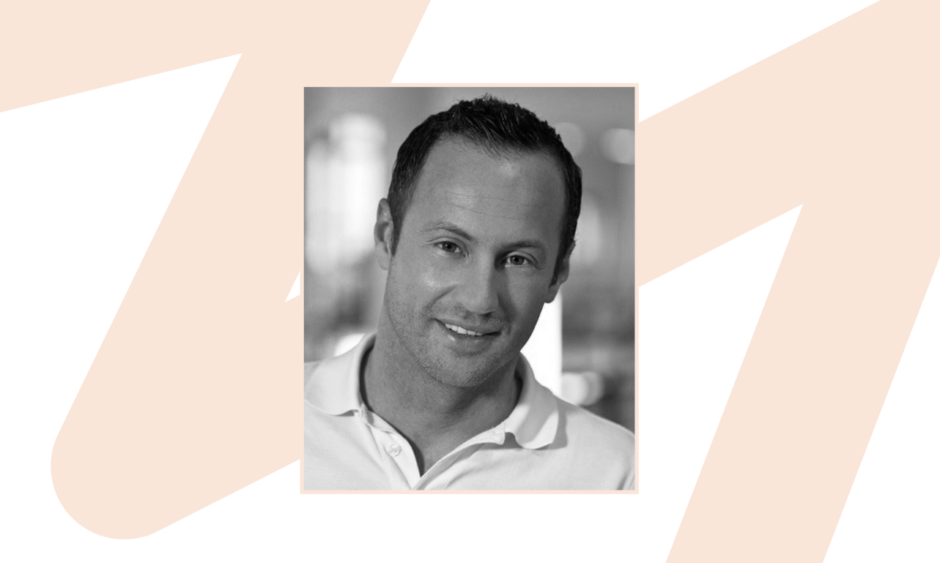Xenofon Baraliakos | Professor of Internal Medicine and Rheumatology, Ruhr-University Bochum, Germany; Treasurer of EULAR
![]()
What inspired you to pursue a career in rheumatology?
Well, there are different arguments for pursuing a career in rheumatology. There are people who want to work more clinically and there are people who want to work more scientifically. There are also individuals who want a combination of both. The interesting thing for me, which was the main reason I went into rheumatology, is that you can combine both based on your interests and on the way that the set-up is offering opportunities. It is always the case that you can easily work either clinically or scientifically or both. You can also get ideas from the clinic to go into scientific work. I think that this is a very interesting field to work in because it’s not always the same. It changes scenery and remains challenging. It is also very interesting to think about cases and then put them into a scientific discussion or question that doesn’t necessarily have to be answered by a study, but can also be answered in daily practice, by tools such as objective and clinical examinations.
What is the most rewarding part of your job as a professor for internal medicine and rheumatology?
The most rewarding part of the professorship for internal medicine and rheumatology is the scientific work that I do. I work in clinics as well, and the most rewarding thing is to see questions arising from clinical work, bringing these into scientific questions that can be answered by studies, and also bringing this knowledge back to the patient, where again we can answer clinical questions through evidence.
How have you seen the field of rheumatology change over the years in terms of advancements to the technology used?
I have been following this field for more than 20 years and there have been huge advancements. Advancements in terms of treatment of the patients, as well as advancements in terms of imaging tools and laboratory findings. The whole field has evolved through clinical work by having a clear understanding of the patients, and also by how to apply the proper treatment for each patient type.
With an impressive collection of published articles and a high h-index of 70, what do you think makes your publications well-received, and have you noticed any gaps in the literature?
I believe that the scientific part of my work, and that of my collaborators, has been that we’ve answered clinical questions. This closes gaps in a single question but also in larger fields. Obviously, this may lead to well-received publications in the field. What still surprises me a lot is that we do not run out of questions, and we do not run out of ideas. It seems that there is still lots to be done and many questions to be answered in order to close any gaps in the field.
As a member of the European League Against Rheumatism (EULAR), what are your responsibilities?
My responsibility, always as part of a team, is to help ensure a smooth running of the congress, and to give my input into how we could possibly allocate topics and improve the scientific content. There is also a congress committee, which is mainly working for this reason. As a EULAR family, we aim for the best scientific and clinical experience at the congress.
How do you think that the EULAR Congress benefits the rheumatology community and patients?
Well, this is a very relevant queston because at the congress we have clinical scientific sessions; we have basic scientific sessions; and we have the involvement of the other pillars of EULAR, including patient and healthcare professioanal societies. Overall, it’s a very nice mixture. The collaboration between these pillars is a way to address knowledge gaps by looking at them from different angles. Importantly, what we hear and learn can be implemented in daily practice after the congress.
What are the most exciting changes that have been made to the scientific programme for EULAR 2022 compared with EULAR 2021?
It is exciting to see that we don’t run out of questions. There are many different topics that have been exciting for me to look into, both in diagnosis and diagnostics but also in treatment and patient experience. This year at EULAR, we have also seen updates to treatment recommendations. I believe we have a very unique scientific programme that will set the stage for different kinds of discussions in the future.
In the recent, double-blind randomised Phase III MAXIMISE trial, you reported on the effects of secukinumab in patients with psoriatic arthritis and axial manifestations. What were the take-home messages from this study?
This was a study that was the first of its kind, addressing the question of treatment efficacy of a biologic in patients with so-called axial psoriatic arthritis. We applied the outcomes for axial symptoms in patients with psoriatic arthritis who had axial symptoms as well. We found that they were very responsive and had a fast response to their treatment with secukinumab. Subsequent analysis has also identified predictors of which patients are going to report a better or worse outcome, although the vast majority of patients responded very well anyway. The even better responders were those who were in the peripheral disease of psoriatic arthritis who not only had arthritis but also nail involvement.
Finally, are there any innovations on the horizon in the field of rheumatology that you think are particularly noteworthy?
We have a plethora of innovations and interest in many different diagnoses and indications. For my scientific area, which is axial arthritis and psoriatic arthritis, I believe the most interesting clinically-oriented innovation is that we are now learning how to better apply treatment to specific patients. Patient-tailored treatment, together with the new modes of action that we have, is something that we shall follow up during subsequent congresses.








